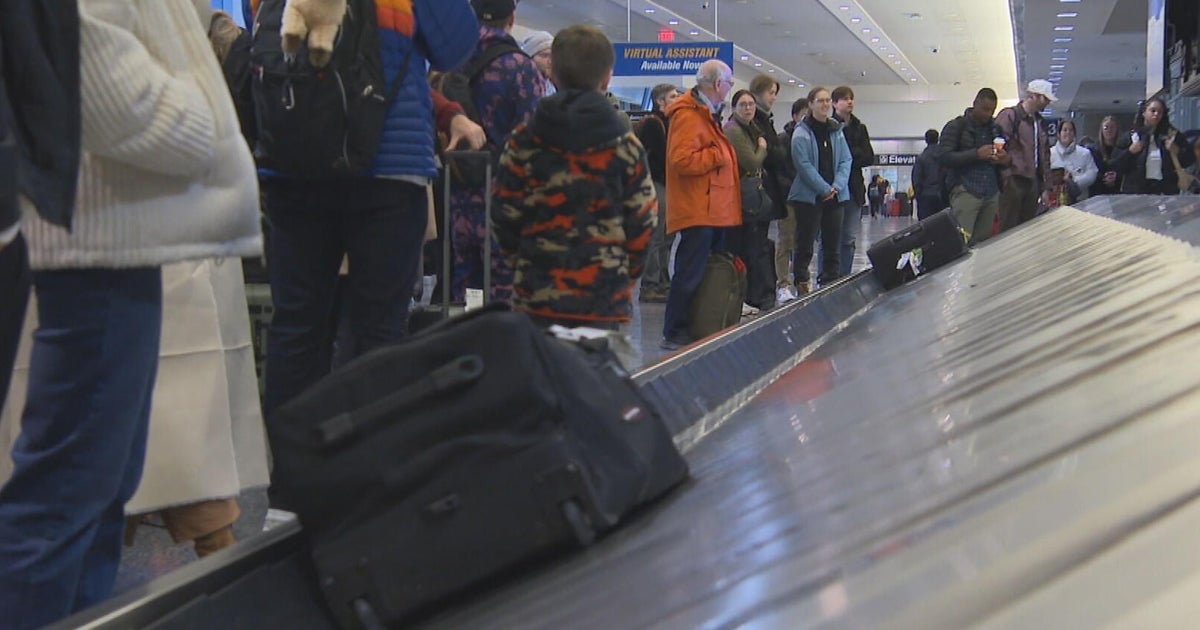Look Up For 2 Meteor Showers This Week
(CNN) -- Shooting stars and fireballs could create quite a show in the night sky this week courtesy of two meteor showers.
The Draconid meteor shower will be active through October 10, although Tuesday night might afford the best view.
The South Taurid meteor shower is expected to peak on the evenings of October 9 and 10, according to the American Meteor Society. If this doesn't pan out, the Royal Astronomical Society of Canada's Observer's Handbook suggests that the peak could be on November 6.
Look out for the Draconid meteor shower in the early evening or nightfall. This won't be one you have to stay up past midnight to see.
The full moon is on October 13, but even in the days leading up to it, the bright moon may obscure the light of the meteors. However, the Draconid meteor shower is on the smaller side. Expect to see a few meteors streak across the sky in an hour.
The Draconid meteor shower is created by debris from the comet 21P/Giacobini-Zinner. The shower gets its name because the meteors appear to be coming from the direction of the constellation Draco the Dragon.
The South Taurid meteor shower will last through November, averaging about five meteors per hour. The full moon is also expected to interfere with the light from these meteors. But a new moon later this month will provide dark skies to showcase the occasional fireball. Catch these when the Taurus constellation is high in the sky, according to NASA.
The South Taurid meteor shower is caused by debris from Comet 2P/Encke.
Fireballs, also known as very bright meteors, streak across our sky when debris from a comet breaks up in our upper atmosphere. The South Taurid meteors are moving about 17 miles per second, slower than others that occur during different meteor showers.
And if none of these afford a good view, more meteor showers are on the way. The Orionids will peak later this month, followed by the Northern Taurids and Leonids in November.
The best way to view the meteor shower is by sitting in a reclining lawn chair or lying on your back and looking up at the sky with a wide view. No special equipment is needed, but if you want the best view, it helps to be as far from artificial light as possible.
If you live in an urban area, you might want to take a drive to avoid city lights, which can make the meteor shower seem faint. Scientists from NASA also said that camping out in the country can triple the amount of visible meteors.
And don't forget to grab your camera before you head out. Meteor showers are a great opportunity for time-lapse videos and long-exposure photography.
The-CNN-Wire
™ & © 2019 Cable News Network, Inc., a Time Warner Company. All rights reserved.



